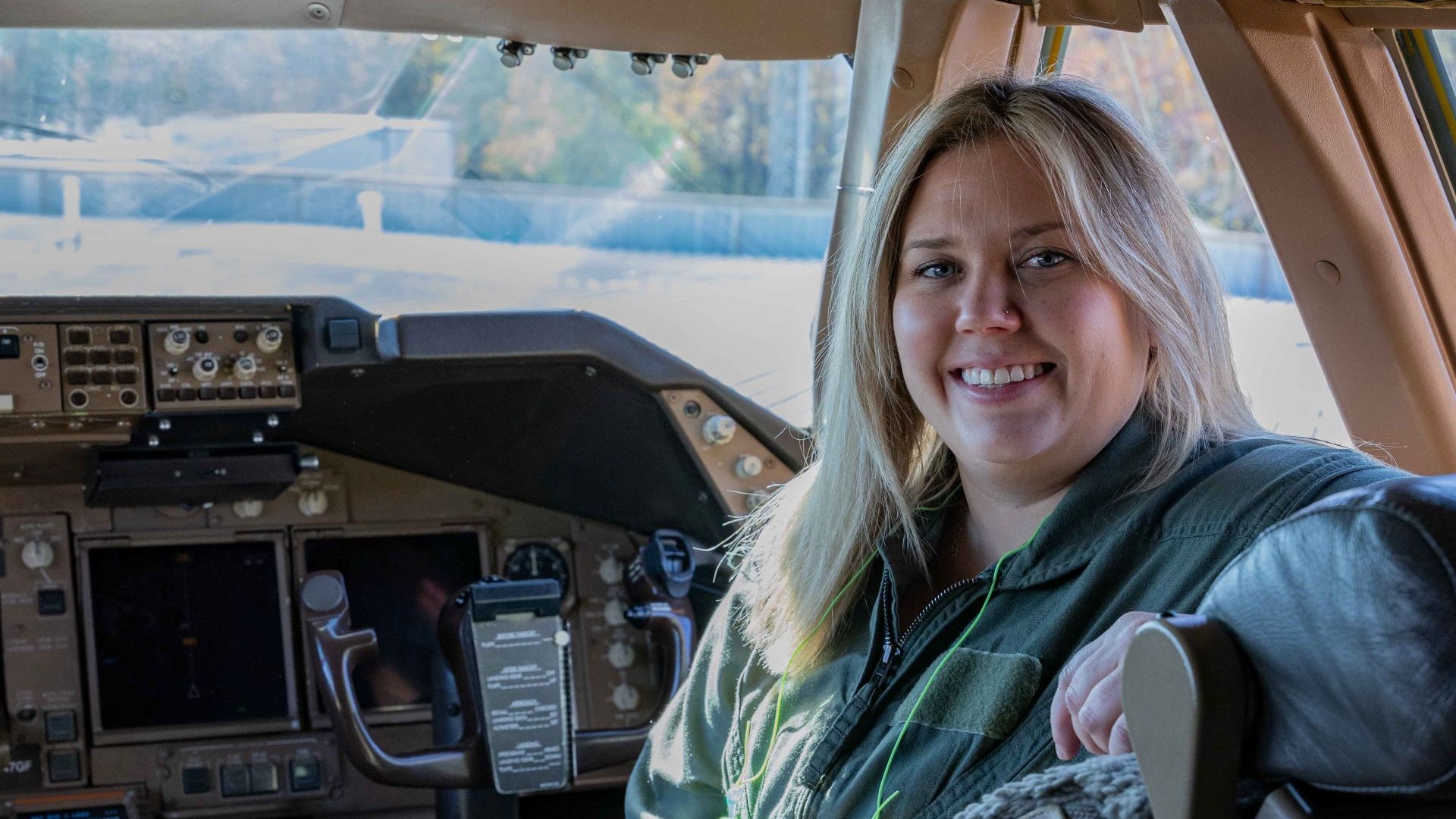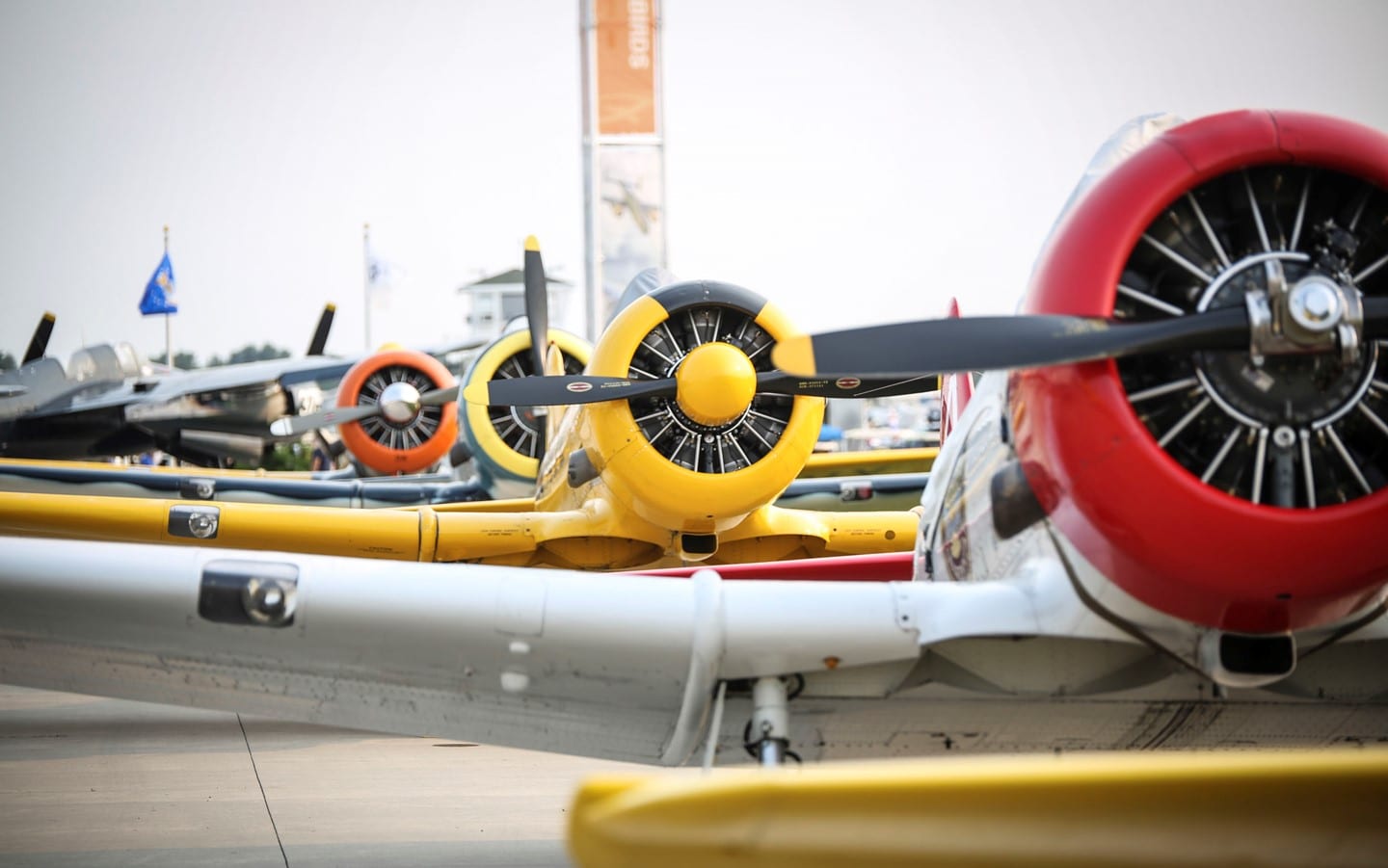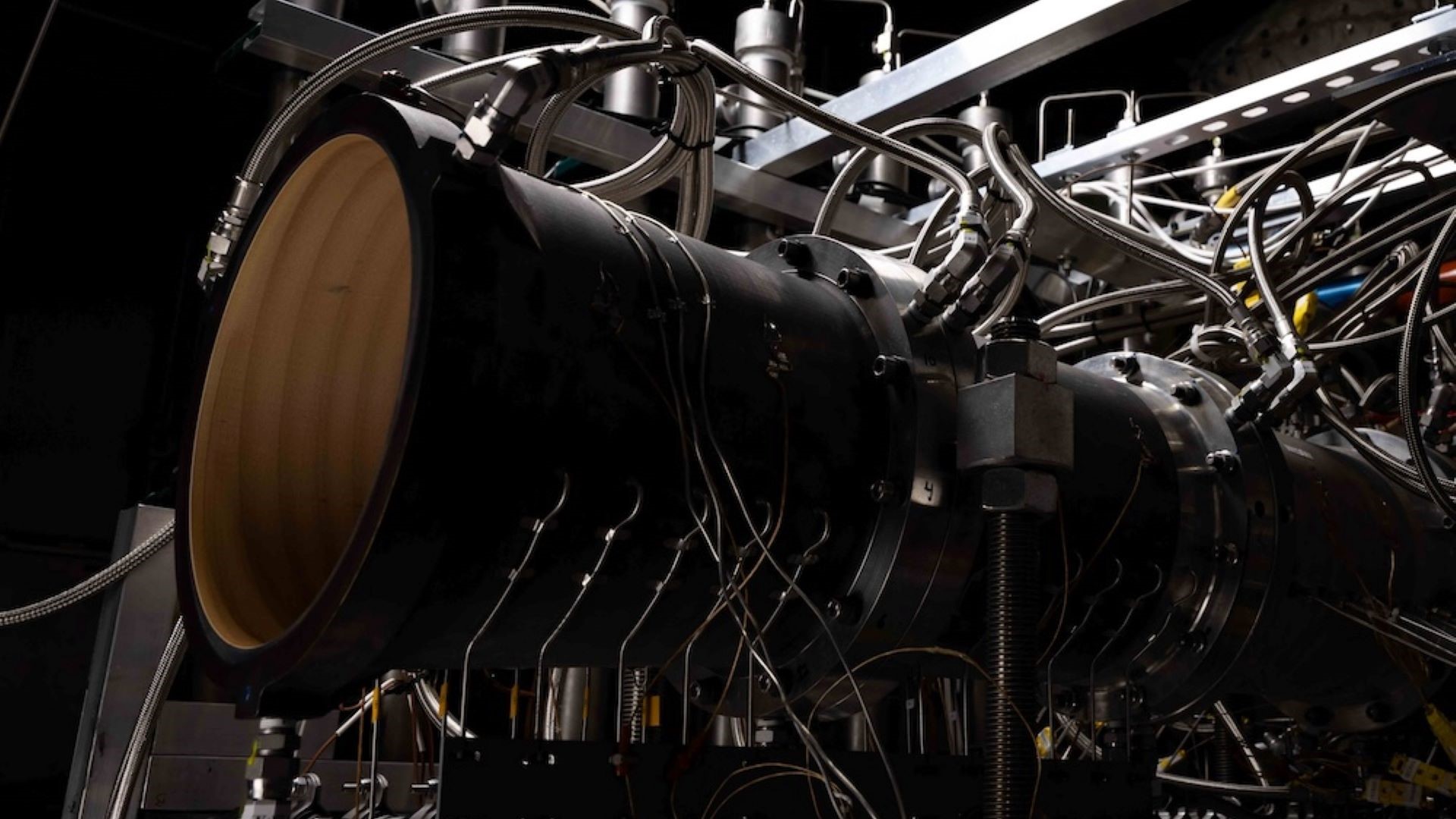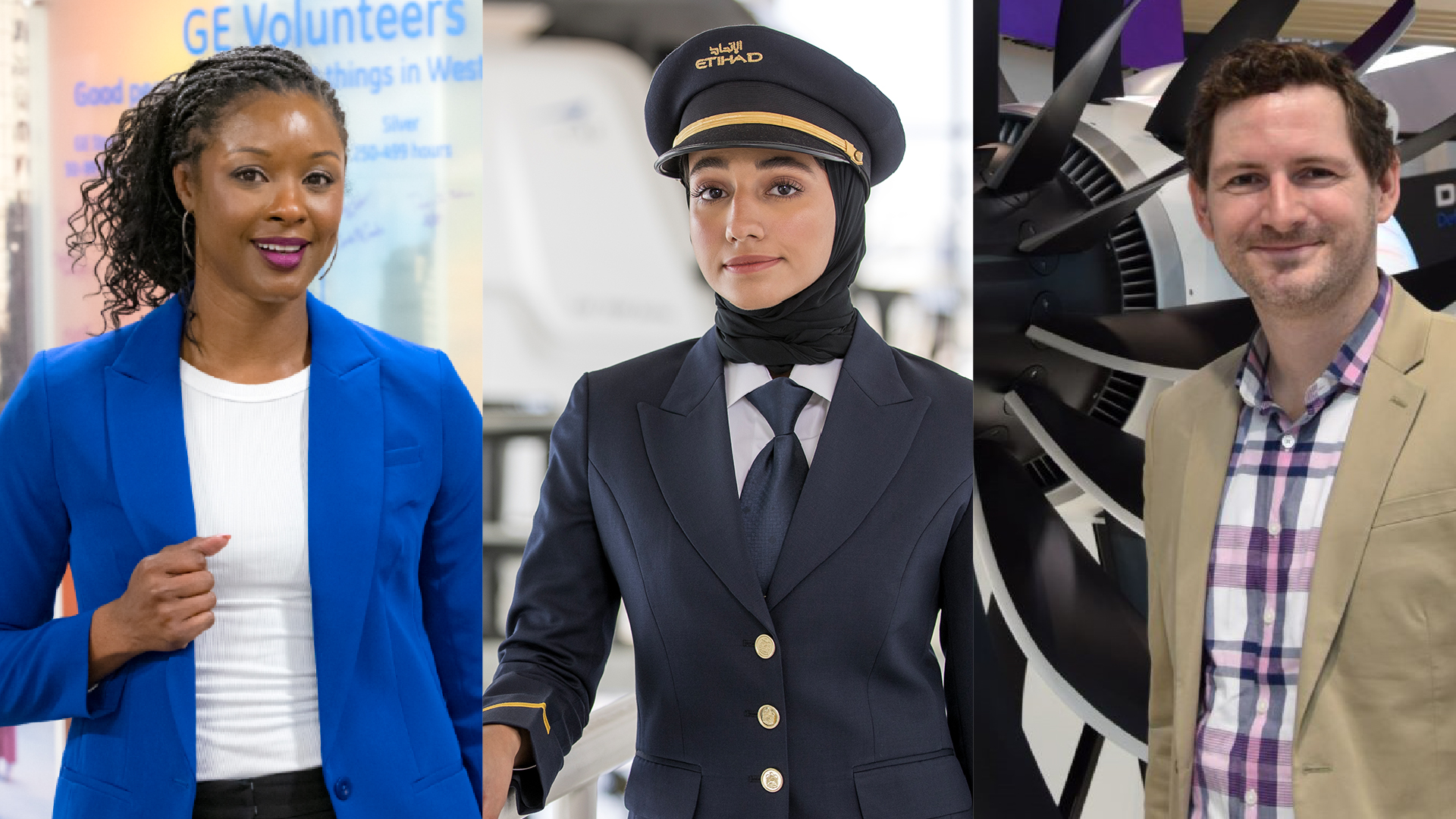RISE Program Engineer Cassi Miller Captures the Future of Flight
June 05, 2025 | by Dianna Delling
Last November, when the GE Aerospace 747 Flying Test Bed was soaring above the Atlantic Ocean for the first Contrail Optical Depth Experiment (CODEX) flight tests, Senior Engineer Cassandra Miller, who goes by Cassi, was onboard, smartphone camera in hand. CODEX looked to advance the aerospace industry’s understanding of contrails, those puffy streams of ice particles created when planes fly through cold, humid air. Miller was there both as an engineer and to document the test. She’d been asked to record videos on the groundbreaking flights and share them on the GE Aerospace Instagram channel.
“We were using our 747 as a contrail-generating machine, finding the right atmospheric conditions for contrails to form,” she says. “We had a chase plane with LiDAR — which stands for light detection and ranging instrumentation — to measure the structure and shape of the contrails so we can better model them. Scientists with expertise in different areas — atmospheric weather, jet engine design — and the star pilots all came together to help the industry learn.”
Miller calls the CODEX flights one of thehighlight of her 12-years-and-counting career at GE Aerospace.
Things Started to Click
The future of flight is Miller’s bailiwick. Her work centers on the CFM RISE program, a demonstration program of CFM International, a 50-50 joint company between GE Aerospace and Safran Aircraft Engines. The RISE program is advancing technologies for a future commercial aircraft engine that aims to be 20% more fuel-efficient than today’s engines while meeting customer expectations on durability and reliability, an effort she supports wholeheartedly.
“My job today is one of the most fun jobs in the world,” she says. “We’re working on new technology, running new tests, and we have some really exciting stuff that’s on deck.”
Miller grew up in Essex Junction, Vermont, just outside Burlington, where she spent summers hiking and camping in the Green Mountains and winters snowboarding and playing ice hockey. She’s held on to those passions (she now plays hockey with a women’s league in Boston), and she still cares deeply about the environment.
Her father, a manufacturing systems engineer who designed computer chips, and mother, a music teacher, made an effort to show Cassi and her two brothers the world. The family’s extensive travels — including a 2011 visit to Florida to watch the launch of the Atlantis spacecraft, the last mission in NASA’s space shuttle program — fueled her interest in aerospace.
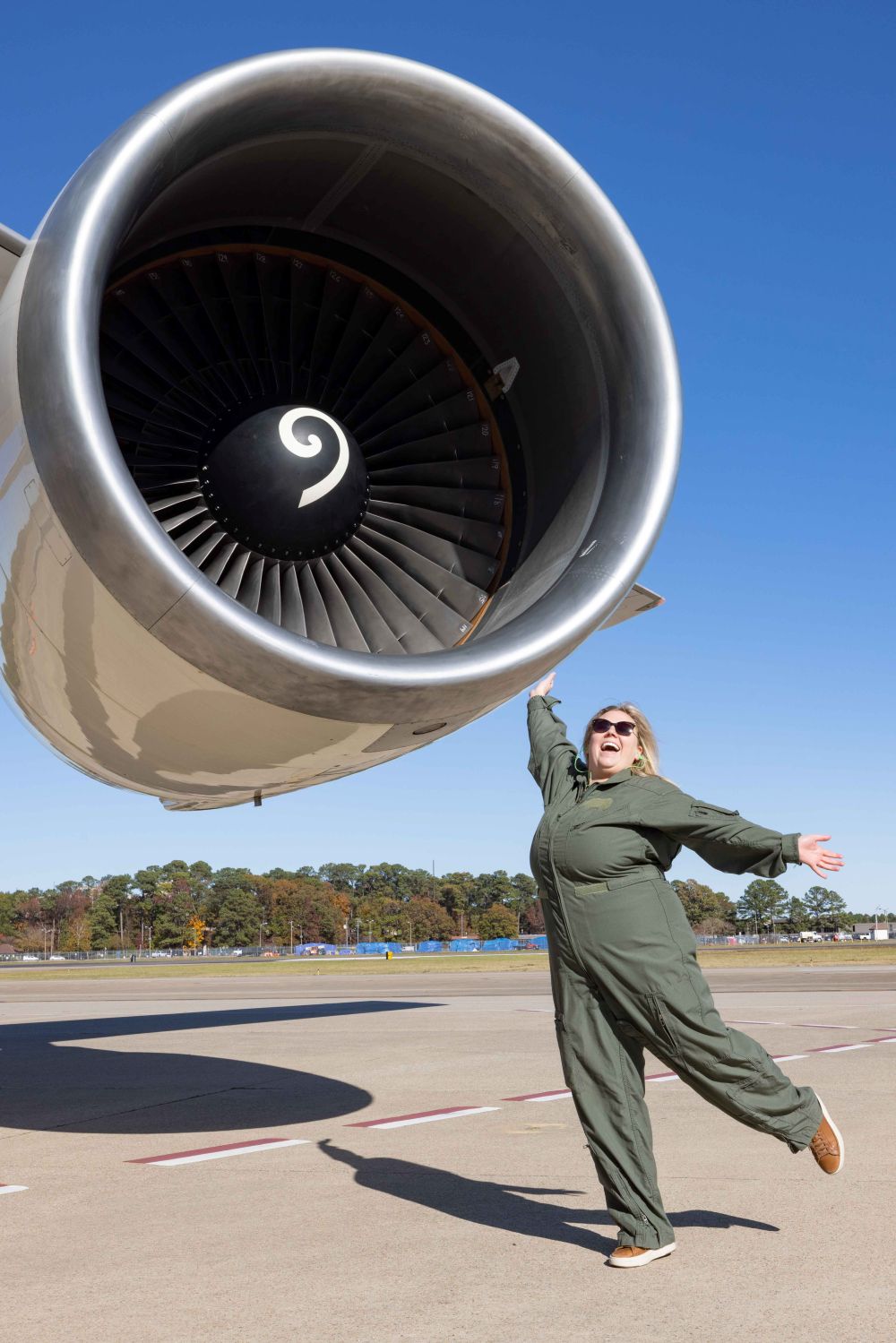
Miller studied aeronautical and mechanical engineering at Clarkson University, in New York, and completed a college internship at GE Aerospace. After graduating in 2013, she began a three-year rotation through the Edison Engineering Development Program, after which she accepted a position on the performance team for the T408 helicopter engine at the company. At the same time, she earned a master’s degree in aeronautics and astronautics from the Massachusetts Institute of Technology.
It was at MIT’s Laboratory for Aviation and the Environment (LAE), a research lab studying environmental impacts of aviation and concepts for more efficient flight, that her career goals came into focus. “How can I combine something as technically interesting as jet engine development with something that’s so fundamentally just part of how I’ve lived my life?” she asked herself. “How do we talk about sustainability for the industry? What are the big challenges? Things started clicking into place for me.”
Over the next few years, while working on the performance team for the F414 jet engine and then as part of Advanced Technologies, she co-founded the Sustainability Network and worked with corporate leadership to make it a formal employee resource group open to all at the company. She also volunteered with MIT staff to run a summer camp at the company's Lynn, Massachusetts, site exploring STEM careers.
Focusing on the Future
Miller knows where she’ll direct her energy once she gets back from Paris. In her role as a Systems, Performance, Operability, Controls, and Transients (SPOCT) leader, she’ll be preparing for first tests of the hybrid electric turbofan demonstrator engine that GE Aerospace is developing as part of the RISE program.
Beyond that, the possibilities are enormous — and hard to predict. Look back just a decade and more efficient flight had yet to become a global industry priority, she points out. “The work I’m doing now didn’t seem to exist ten years ago,” she says, “and what I’ll be doing in ten years probably doesn’t exist today.”
